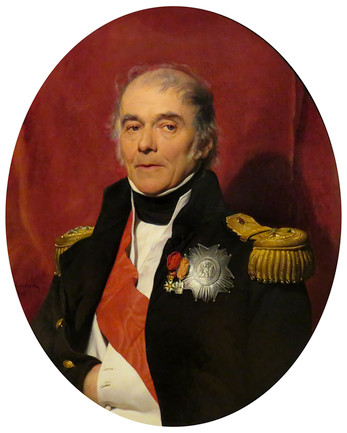janua
n. an introduction to some branch of learning
In Umberto Eco’s Foucault’s Pendulum (1988), two publishers propose a School of Comparative Irrelevance that teaches “useless or impossible courses,” such as Urban Planning for Gypsies, Aztec Equitation, and Potio-section.
‘Potio-section, as everybody knows, of course, is the art of slicing soup. No, no,’ he said to Diotallevi. ‘It’s not a department, it’s a subject, like Mechanical Avunculogratulation or Pylocatabasis. They all fall under the heading of Tetrapyloctomy.’
‘What’s tetra …?’ I asked.
‘The art of splitting a hair four ways. This is the department of useless techniques. Mechanical Avunculogratulation, for example, is how to build machines for greeting uncles. We’re not sure, though, if Pylocatabasis belongs, since it’s the art of being saved by a hair. Somehow that doesn’t seem completely useless.’
Overall, the school’s aim is “to turn out scholars capable of endlessly increasing the number of unnecessary subjects.” “The Tetrapyloctomy department has a preparatory function; its purpose is to inculcate a sense of irrelevance. Another important department is Adynata, or Impossibilia. Like Urban Planning for Gypsies. The essence of the discipline is the comprehension of the underlying reasons for a thing’s absurdity. We have courses in Morse syntax, the history of antarctic agriculture, the history of Easter Island painting, contemporary Sumerian literature, Montessori grading, Assyrio-Babylonian philately, the technology of the wheel in pre-Columbian empires, and the phonetics of the silent film.”
(Thanks, Macari.)






